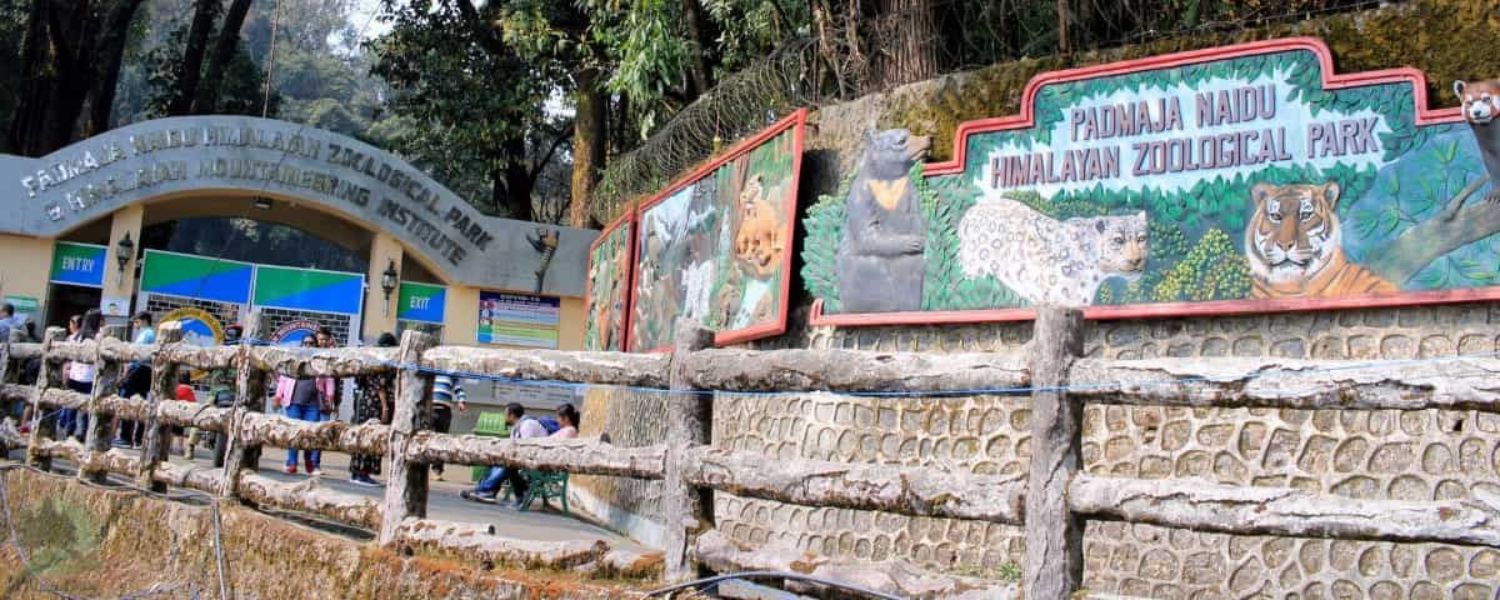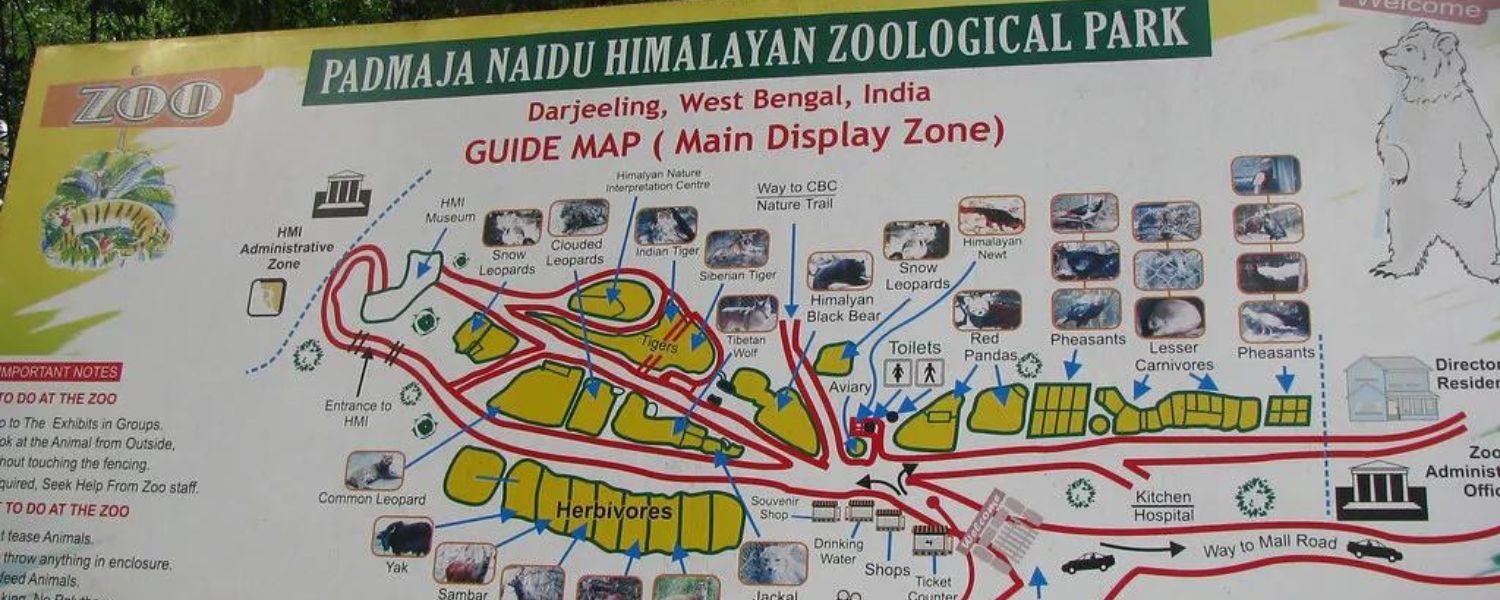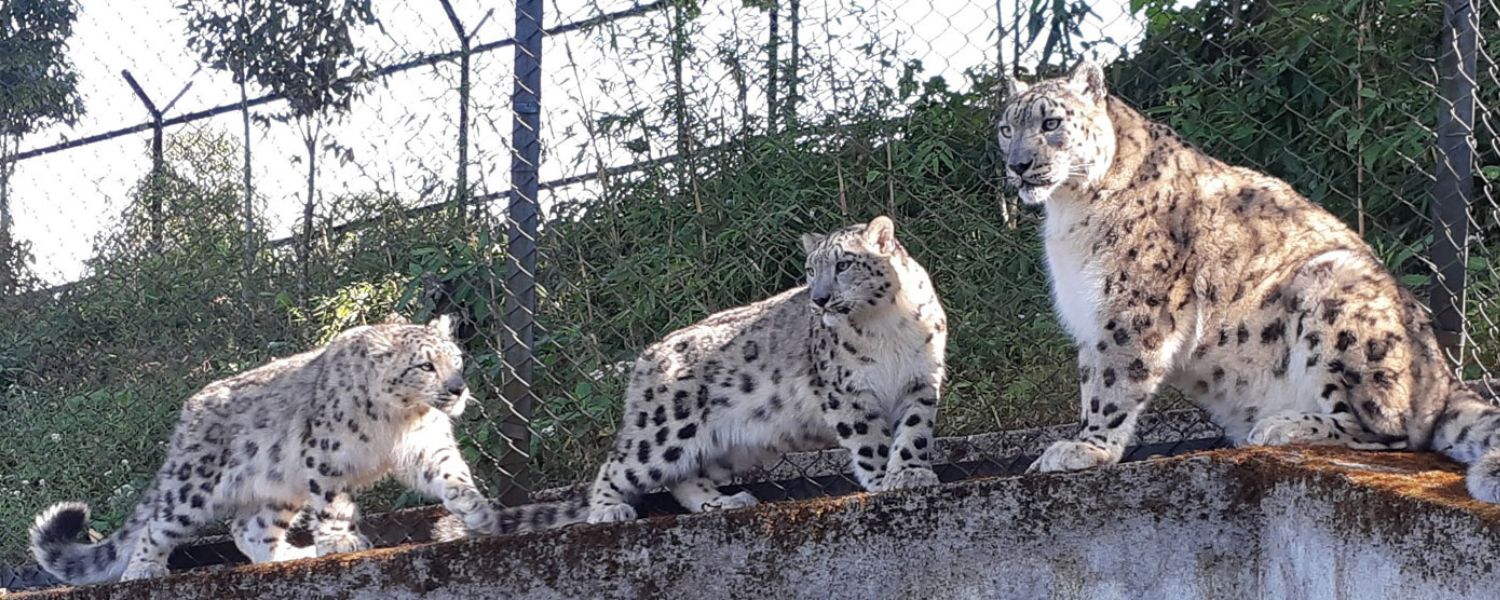Welcome to the enchanting world of Padmaja Naidu Himalayan Zoological Park, nestled in the heart of Darjeeling.
However, since its inauguration in 1958, this park, lovingly referred to as Darjeeling Zoo, has been a magnet for Padmaja Naidu Himalayan Zoological Park animals enthusiasts and nature lovers alike. Further, situated at an average elevation of 7,000 ft, it offers a captivating vista and a sanctuary for Himalayan fauna.
Named after Padmaja Naidu, daughter of Sarojini Naidu, the esteemed former governor of West Bengal, this park is more than just a tourist destination—it’s a testament to conservation and research.
Additionally, Padmaja Naidu Himalayan Zoological Park timings have garnered acclaim, including the prestigious Earth Heroes Award in 2014, for its steadfast commitment to preserving Himalayan wildlife and fostering alpine flora. Join us as we embark on a journey to explore the wonders of this remarkable sanctuary.
1. How to reach

Padmaja Naidu Himalayan Zoological Park, fret not about accessibility. Moreover, being conveniently situated near Siliguri, NJP, and Bagdogra, reaching this natural haven is a breeze. Travelers can opt for a cab or taxi service from any Padmaja Naidu Himalayan Zoological Park location.
Whether, Within a journey spanning approximately 3 hours and 20 minutes, or favorable road conditions, you’ll find yourself amidst the captivating biodiversity of Padmaja Naidu Himalayan Zoological Park.
2. Distance

However, the Himalayas, Padmaja Naidu Himalayan Zoological Park, is a haven for wildlife enthusiasts. Located just a stone’s throw away from Siliguri, the park is easily accessible from multiple points.
Additionally, spanning over 65 kilometers from Siliguri, 72 kilometers from NJP, and 70 kilometers from Bagdogra, visitors can embark on a scenic journey to witness the diverse flora/fauna of the region.
Furthermore, seamlessly from urban bustle to tranquil wilderness, each route offers a unique experience en route to Padmaja Naidu Himalayan Zoological Park, one of the famous monuments of West Bengal.
3. What do you get to explore there?

A. Himalayan Wolf
Moreover, the elusive Himalayan Wolf prowls with an air of mystery and rarity. Distinguished by its imposing size, robust skull, and formidable teeth, this endangered species stands apart from its Tibetan counterpart.
Additionally, with a dwindling population of merely 350 individuals remaining in the wild, every sighting of this majestic creature becomes a poignant reminder of the urgent need for conservation efforts.
Mainly, found primarily in the rugged terrains of Himachal Pradesh and Jammu & Kashmir, the Himalayan Wolf finds sanctuary and protection in designated reserves such as the Padmaja Naidu Himalayan Zoological Park.
B. Mishmi Takin
Whether, the Eastern Himalayas lies the Padmaja Naidu Himalayan Zoological Park, a sanctuary of biodiversity and conservation efforts. Among its remarkable inhabitants is the Mishmi Takin, a captivating creature embodying nature’s delicate balance.
However, resembling a curious fusion of a goat and an antelope, this endangered species roam the mountainous regions of India, China, and Myanmar. Moreover, with a penchant for bamboo and willow shoots, the Mishmi Takin thrives amidst its misty habitat, aided by its unique oily coat, protecting against the chilling fog.
C. Asiatic Black Bear
However, in the Eastern Himalayas lies the Padmaja Naidu Himalayan Zoological Park, a sanctuary for diverse wildlife, including the majestic Asiatic Black Bear. This medium-sized bear, known for its distinctive white or cream ‘V’ marking adorning its chest, roams amidst lush greenery, feasting on a varied diet of wild fruits, nuts, berries, and even insects and termites.
Additionally, into their natural habitat seamlessly, these bears, with males weighing 100-218 kg, epitomize the raw beauty of the Himalayan wilderness. At Padmaja Naidu Himalayan Zoological Park, visitors can witness these magnificent creatures in their element, fostering a deeper appreciation for the region’s biodiversity.
D. Blue Sheep
Furthermore, within its confines, one can encounter the enigmatic Blue Sheep, a species whose name may derive from the striking bluish sheen of its dense, slate-grey coat.
However, these elusive creatures, active throughout the day, gracefully navigate the rugged mountain slopes, blending seamlessly into their surroundings with their remarkable stillness. Their ability to camouflage serves as a vital defense mechanism against the ever-watchful eyes of predators.
E. Himalayan Tahr
The Himalayan Tahr roams freely in groups of 2 to 20, showcasing its majestic presence. With its narrow ears, robust physique, and distinctive short horns, this species flourishes in the rugged terrains spanning Northern Kashmir to China.
Transitioning to a sanctuary where wildlife enthusiasts can witness these creatures up close, the Padmaja Naidu Himalayan Zoological Park stands as a beacon of conservation efforts.
F. Snow Leopard
Moreover, among its prized inhabitants is the elusive Snow Leopard, an endangered species of unparalleled beauty and grace. With its thick-ringed coat and majestic long tail, this elusive feline seamlessly blends into its rocky habitat, a testament to its remarkable adaptation skills.
Feeding on a diet comprising Blue Sheep, wild goats, deer, boars, snow cocks, and occasionally livestock, the Snow Leopard reigns as the silent ruler of these rugged terrains. However, within the tranquil confines of the Padmaja Naidu Himalayan Zoological Park, visitors have the rare opportunity to witness this captivating creature in all its glory.
G. Barking Deer
However, among its diverse inhabitants is the intriguing Barking Deer, also known as the muntjac. These fascinating creatures, renowned for their distinctive bark-like calls, are naturally nocturnal and solitary. They inhabit dense vegetation, woodlands, forests, and grasslands and navigate their habitats with agility and grace.
H. Red Panda
Habitat of the Red Panda is a captivating creature revered for its bear-like physique and distinctive russet-hued fur. Found predominantly in the eastern Himalayas and south-western China, these arboreal beings grace the verdant canopies with their presence.
Characterized by endearing white markings adorning their visage, they navigate their leafy abode with agility and grace. Transitioning into their habitat, Padmaja Naidu Zoological Park Red Panda stands as a sanctuary, offering tourists a glimpse into the mystical world of these gentle herbivores.
I. Leopard Cat
The Leopard Cat is a captivating small wild feline with distinctive facial features, including a white muzzle and intricate facial stripes. Renowned for its webbed paws, which facilitate adept swimming, this elusive creature thrives in diverse habitats, predominantly forests and jungles.
From the lush greenery of wet climates to the arid expanses of dry regions, the Leopard Cat adapts seamlessly to its surroundings.
J. Jungle Cat
Jungle cats, with their medium size, elongated faces and prominent tall ears, embody the enigmatic allure of the wild. These feline creatures are predominantly nocturnal, thriving under the cloak of darkness as they hunt and explore their surroundings.
They prefer habitats adjacent to water bodies, where they can readily find sustenance and shelter. In the serene confines of the Padmaja Naidu Himalayan Zoological Park, visitors can witness these elusive beings in a controlled environment, observing their natural behaviors up close.
Conclusion
In conclusion, Padmaja Naidu Zoological Park is a testament to nature’s grandeur and dedication to wildlife preservation. Nestled amidst the picturesque landscapes of Darjeeling, this sanctuary is more than just a tourist place—it’s a beacon of hope for endangered species.
Additionally, from the elusive Snow Leopard to the charming Red Panda, the park houses a diverse array of Himalayan fauna, captivating visitors with its natural beauty and conservation efforts.
Furthermore, named after Padmaja Naidu, daughter of the esteemed former governor of historical places in West Bengal, this sanctuary embodies her spirit of conservation.
Moreover, through dedicated breeding projects and educational initiatives, the park provides a haven for endangered species and raises awareness about the importance of biodiversity.
FAQ
Q: Which is the 2nd largest zoo in India?
A: Nandankanan Zoo is the Second largest zoo in India.
Q: What is the name of Darjeeling Zoo?
A: Padmaja Naidu Zoological Park, Darjeeling District, Government of West Bengal | India.
Q: Which is the largest high-altitude zoo in India?
A: Padmaja Naidu Himalayan Zoological Park (also called the Darjeeling Zoo) is a 67.56-acre (27.3 ha) zoo in Darjeeling in the Indian state of West Bengal. The zoo was opened in 1958, and at an average elevation of 7,000 feet (2,134 m), it is India’s most prominent high-altitude zoo.
Q: Why is Darjeeling Zoo important?
A: The Padmaja Naidu Zoological Park, Darjeeling, is dedicated to wildlife conservation. It commenced work on a captive breeding project for rare species in 1983, being chosen as an ideal site for this project.










